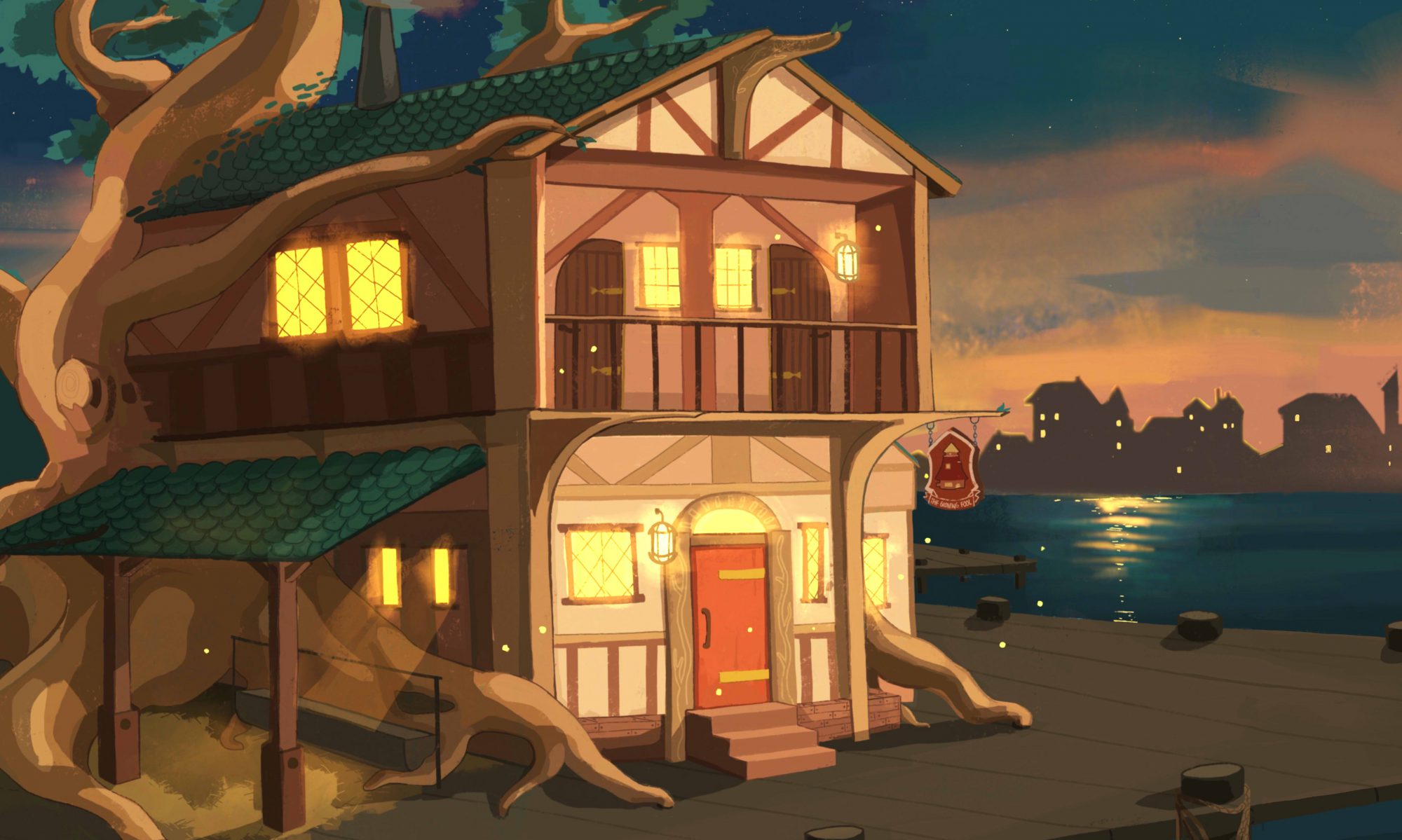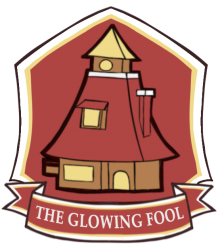So after playing a few rounds of D&D, figuring out how the rules work, how to swing your sword, and roll your dice, one of the challenges that face a lot of new DMs is that combat inevitably becomes a bit stale. Encounters more-or-less devolve into “I attack. <roll d20> I hit. Damage.” And so the next question often asked is “how do I make combat more interesting?” Before we get towards answering that question, it probably pays to look at what combat usually looks like, especially for new DMs.
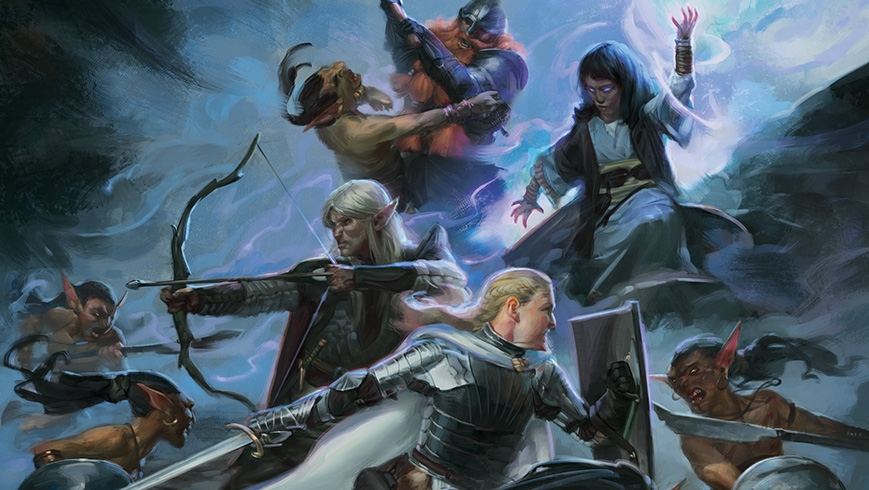
So your party is traveling through the forest, they are currently tracking down an Adult Green Dragon for a contract at the city’s hunter’s guild. When suddenly they hear a SCREEEEEE off in the woods. It’s an Owlbear that comes barreling towards the party. The DM calls for initiative to be rolled, and combat starts. This is probably your typical random encounter. It may have been planed, or may have been the luck of the dice, but this is an encounter all the same, and is probably the more common forms of encounters new DMs will pull out. So let’s unpack this encounter. What are the elements at play here?
Well, you have the (1) monster, an Owlbear, and (2) the party,. The monster is a sack of HP that can do damage, and the party’s goal is to (1) not die, and (2) kill the monster before it kills them. The environment is your standard forest.
The problem with this type of encounter, and the reason that most players find it tedious to do after a while, is that it basically boils down to a race on who can reduce the other side to 0 HP first. And typically the strategy is nothing more than “I stand my ground and swing my sword”. This is why encounters end up being more boring after a while. Everything becomes somewhat repetitive, and variety is somewhat minimal. The good news is that we can fix that by adding additional elements to that formula.
Varying creatures
Going back to our Owlbear example, while fighting an Owlbear on occasion is fun, it doesn’t make for an all too engaging encounter. The Owlbear can really only do 2 things, attack, and take attacks. There isn’t all that much strategic depth that the DM can utilize when using an Owlbear. So to change up encounters why not employ other creatures that aren’t just “bags of hitpoints”
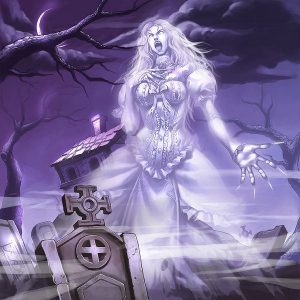
Ghosts — One of the best examples of varying creatures I like to use are ghosts. Mostly because they have worked so well in my own campaign. I once had a fighter with a 21 AC. I couldn’t land a blow most times, so he really didn’t have a very tough time with dealing with Owlbears. But the moment I threw a ghost at them, things changed. Ghosts have the ability called possession, which allows the ghost to take control of a character, guess who the ghost went after? That quickly turned into an encounter where the party’s strengths were used against them, and they had to get creative (in the end I allowed a creative non-RAW way to expel the ghost, since they didn’t have a RAW means of doing so outside of reducing the PC to 0).
Spellcasters — Other types of opposition that you can use to throw at the party are other spellcasters. This provides you with some strategic options to turn some of the most commonly used strategies that the party utilizes against the party, and see how they react to that. Spells like Hold Person, Faerie Fire, Fireball, turned against the party can quickly throw a gear in their combat routine. And throwing curve-ball spells like Levitate, or Blink (heck, a Counterspell against the party can make for some interesting situations) to mess with the party’s tactics can also turn into one where the players have to engage with what’s happening.
Mobility — Often enough, the majority of the enemies that your players will encounter are ground-based entities. Creatures (like Owlbears) whom are also subject to the laws of gravity. This is pretty good for the fighter and barbarian who enjoy (and are very effective in) engaging enemies up close and personal. What happens when you introduce an enemy with a flying speed? Perhaps those very effective melee options now have to be thrown out the window, and the normally standard “swing’n hit” barbarian has to think of some other creative means to help settle the fight.
Varying terrain
Back to our Owlbear, the party encountered it while traveling through the forest, so for the terrain, this means that the battle area is presumably flat, there may be some cover (in the form of trees and shrubbery), but beyond that, nothing else that is going to benefit/hinder either side. So if you throw a primarily melee-focused enemy at the party, combat will probably devolve into both sides getting into each other’s faces, and spending their turns wacking each other to death, with little thought as to how to use the environment to their advantage.
But imagine what would happen if you introduce some additional elements into the terrain? What if you introduced a cliff? What if you introduced large pillars with hand-holds that could be climbed? What if you introduce a large gaping hold in the middle of the battle arena? Now, the party has a few more options. How do they use the terrain to their advantage? This question becomes all the more present in their minds when the enemies are finding effective ways to use the terrain to their advantage against the party.
Imagine a fairly large and open area. But in the middle of this area there is a huge gaping hold about 50 ft. across. And the enemy that the party is facing has the ability to fly. So he just flies over to the party, wacks them. And then retreats back to hover over the hole where the melee party members can’t hit it. What thoughts could the party use? Maybe the ranger will ask if there’s anything above the enemy that he can drop to crush it. Maybe the barbarian will attempt to make a flying leap to grapple the creature down the hole, with the Wizard preparing a polymorph so that the barbarian can fly out.
Or what if you introduce a battle area that has different effects to those standing on it? Perhaps the battle area is divided into 4 sections, each representing the 4 elemental planes.
- Earth — this area is considered difficult terrain
- Fire — any creature that starts its turn here suffers 1d6 fire damage
- Water — it is just a huge body of water. If a creature enters this area, it starts to sink into the water unless it can swim
- Air — literally just a giant hole in the ground
And then introduce enemies that can take advantage of this. Perhaps the creatures in the Earth section ignore difficult terrain. Perhaps those that fight in the fire section are immune to fire damage. Those that are in the Air section can fly.
Introduce one or two additional elements to the terrain, that can be used by either side, and you may start to see your party take creative advantage of what they have at their disposal.
Unknowns
Often, when players enter into combat, they are used to the idea that they have perfect knowledge of the entire battle area. They know where the enemy is, they know where cover is. Essentially, they know the ideal spots to position themselves for maximum effect. A nice way to spice up combat is to just simply throw a wrench into that idea. Make it very clear to the players that there are a lot of elements about the battle area that they don’t know about.
Perhaps there are traps sprinkled throughout the room, so when the players move over to the those locations, a jet of fire suddenly comes out of the wall. Or maybe their enemies have prepared additional battlements that they can trigger throughout the fight that the party is not aware of. Or maybe there’s a roving magical ward, wherein if the players stand in one place for too long, they will be struck by a powerful blast of energy. Or if the players are unable to resolve the encounter in x amount of turns, additional reinforcements are going to arrive to overrun them?
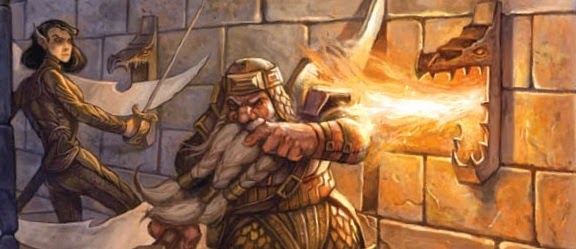
Introducing unknown elements into the fight has the effect of (1) making the players take more deliberate about where they position themselves, and how they move, as well as (2) playing mind-games with them, wherein if the players know that that the enemy knows about traps that are unknown to the players, so if the enemy moves away, is it trying to lure the the player into a trap? Or is it a double-bluff to keep the character in one place to trigger a different trap? Or are both going to happen and the character is gonna get hurt either way?
Alternative Objectives
And lastly, alternative objectives. For most encounters, usually the objective is pretty straightforward. There is the enemy (the Owlbear), and the party’s job is to outlast the Owlbear, and kill it, before it can kill them. But not all encounters have to be so straightforward and simple. Introducing alternative objectives other than “kill the enemy” can add an additional layer of depth to combat.
What if the characters have a task of defending weak civilians? Well, their tactics of doing the most amount of damage just got thrown out the window, because now they have to watch over peasants with only 5 HP who would most likely go down in a single hit. Or what if their objective was to solve some sort of puzzle while at the same time fending off a creature that is significantly stronger than them? How about if their objective is to capture, but now kill? Well RAW, now their ranged and spellcasting DPSs have to be careful, because the only way to safely incapacitate the enemy without outright killing him is to engage in melee. Does the spellcaster do nothing this turn against the enemy because he looks to be on the ropes, and the spellcaster needs the fighter to knock him out?
Alternative objectives can also work very well with unknowns. What if the party goes into an encounter initially thinking that their only goal is to kill the enemy? But later on must realize that this enemy is too strong for them, and now must try and figure out how to resolve the encounter by other means? All the while, trying to keep themselves alive?
Changing the rules of engagement, and the win conditions can have a huge impact on how your party approaches combat. They will now have to take into consideration other aspects, consider other skills/spells that they don’t normally use, and flex their ability to solve the problems that lay before them.
These are just some of the many ways that DMs can make combat more interesting. And the options given above are by no means an exhaustive list. As always, there are a plethora of different places that you can go to to learn more about how spice up combat (among other things!). And I do encourage you to seek them out. Among others there are:
- The D&D Subreddit
- The D&D Behind the Screen Subreddit
- The DM Academy Subreddit
- The RPG Subreddit
- Matt Colville’s DM Tips
- Matt Mercer’s GM Tips
- Satine Phoenix’s GM Tips
P.S. I’ve been bashing on Owlbears a lot. I actually love Owlbears. Here’s an Owlbear for getting all the way to the end.
P.P.S. This is in no way meant to push for the concept of DM vs. Players. This is merely meant to be a list of suggestions that the DM can consider to further challenge the players to make their story even more epic.
Earl is what you would call a Dungeons & Dragons addict. He watches D&D shows, prowls the D&D forums, and basically lives, breathes, and eats D&D (It’s no joke, he literally listens to the D&D Podcast while eating). He likes to be thought of as the “lead fool” as he guides us all through the silliness of D&D.
For his day-job. Earl is an ERP Consultant with the Nomura Research Institute (NRI). He is also a Shaper with the Global Shapers: Hong Kong Hub.
